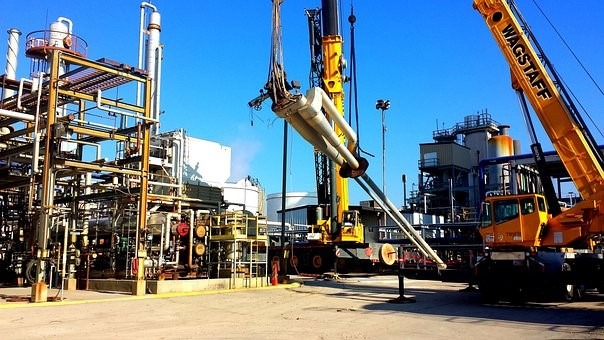Last week, Russia announced a reduction in oil exports, leading to oil prices on world markets remaining almost stable. On the other hand, the slowdown pressures them into the growth of the world economy.
The price of a barrel on the London market increased last week by only 16 cents, to 83.16 dollars. Meanwhile, on the American market, a barrel decreased by an average of 2 cents, to 76.32 dollars.
Support for prices was provided by the news that in March, Russia will reduce exports from western ports by up to 25 percent, exceeding the previously announced reduction in production by 500,000 barrels per day.
On the other hand, prices are under pressure as growth in the world’s largest economies slows, given that central banks have raised interest rates for a long time to curb inflation. And slowing economic growth leads to rising inventories.
Crude oil stocks in the United States of America rose by as much as 7.6 million barrels last week, to the highest level since May 2021.
Inventories have been steadily rising since mid-December, indicating weakening demand. The likelihood that the Federal Reserve of the United States will proceed to lift interest rates due to the lasting high rate of inflation is becoming more apparent, and this trend should persist.
The Fed will increase interest rates at least two or three more times to 5.35 percent by July, and the money price will remain at those levels until next year.
Nissan raised global targets for the production of electric vehicles
On Monday, Nissan Motor Co announced an increase in their electric car sales targets, while also stating that they would be increasing powertrain production in the U.S. to get more involved in an industry with growing competition from other automakers, such as Tesla.
With their Leaf battery–powered vehicles, Nissan has found it hard to keep up with new companies, and now aims for over 55 percent of all their global sales to be from electric vehicles (including their advanced hybrid electric cars) by fiscal 2030.
This is greater than the original 50 percent target, and also includes plans to have 27 new EV models ready by that year, with 19 of them being fully battery–powered.















